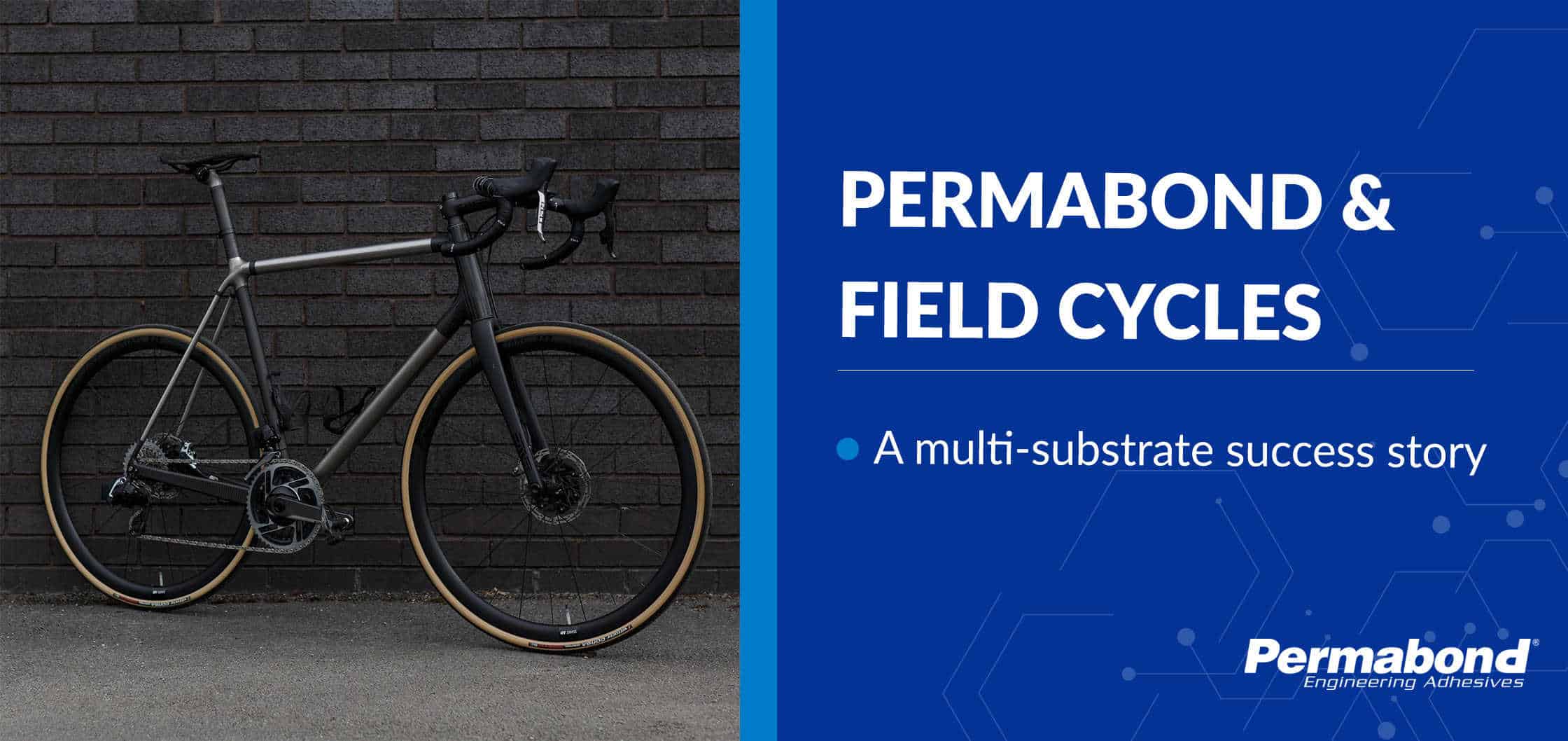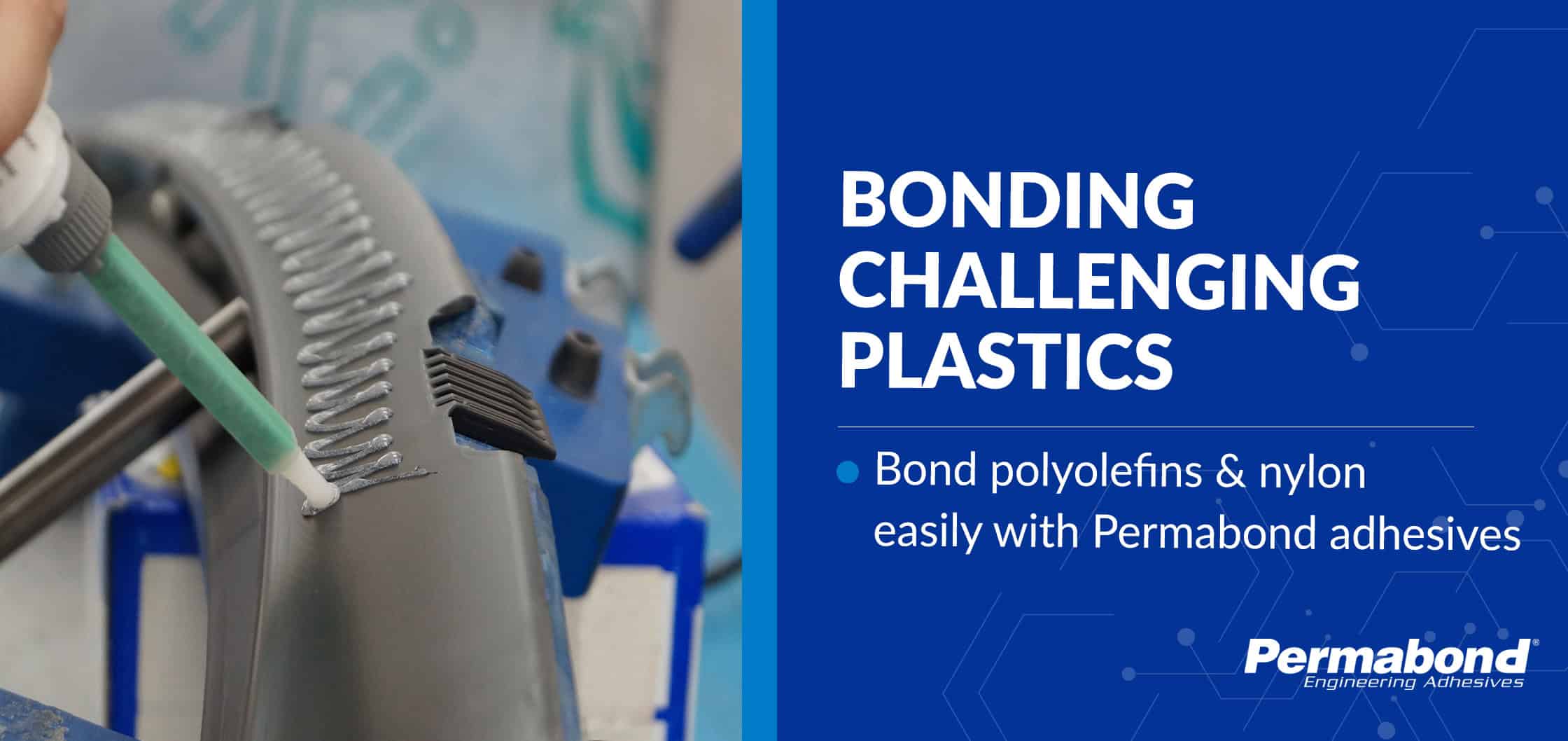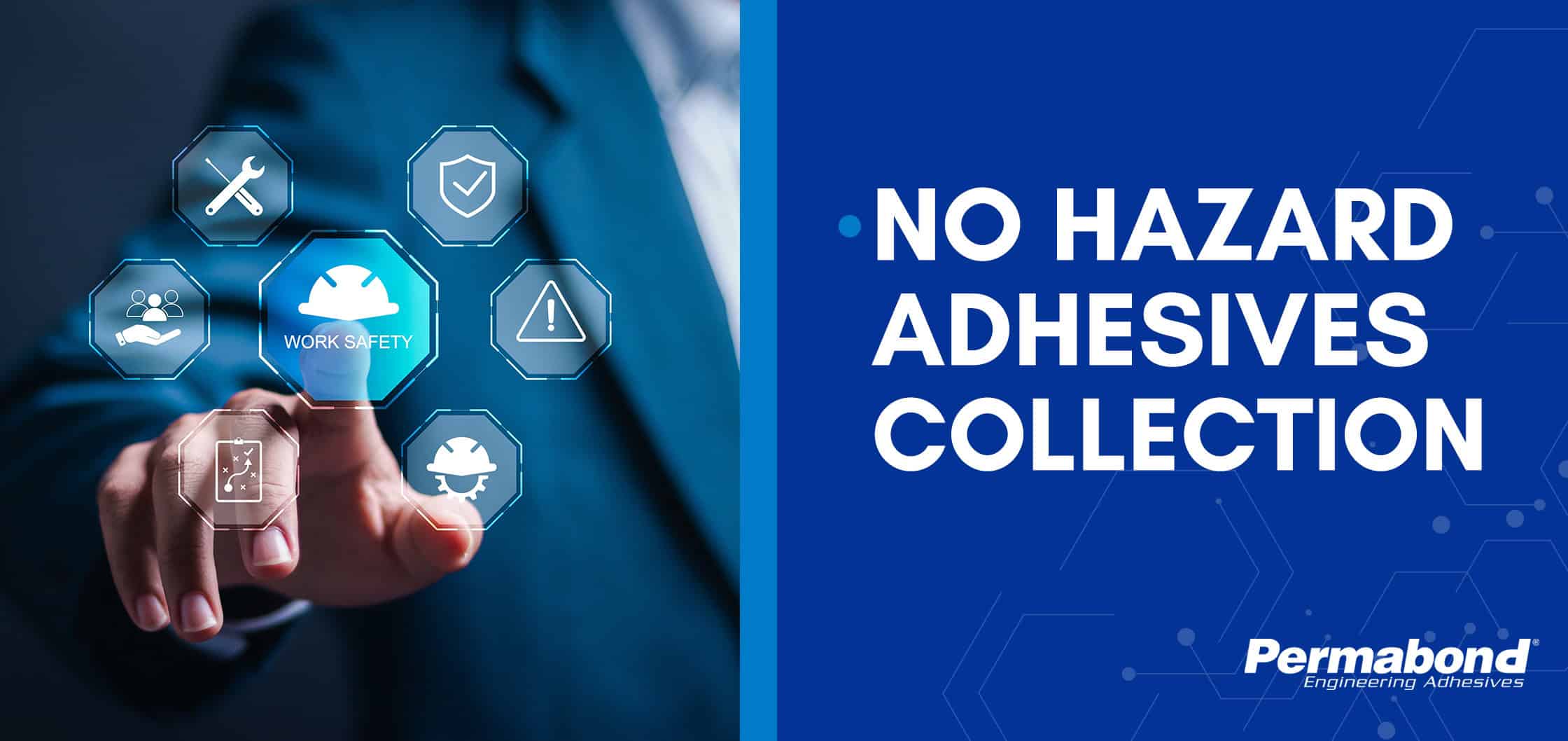WHAT IS POTTING?
Potting is essentially filling a “pot” with adhesive (or a potting compound). When potting electronics, the components to be potted are in a housing or recess which is then filled with adhesive.
WHY POT?
Electronic circuit boards comprise many sensitive small components such as microchips, resistors, transistors and diodes. These often require protection against moisture (which can cause short circuits), chemicals (which can corrode or attack components), thermal shock, vibration, or impact (which can cause components to become detached). In many cases, potting electronics helps make spying and copying circuitry difficult for competitors or helps make smart chips and card readers harder for criminals to tamper with.
TYPES OF ADHESIVE USED
For potting applications, low viscosity adhesives are generally preferred. They allow better fill around electronic components and reduce the likelihood of air bubble entrapment. Two-part epoxies and modified epoxies are a popular choice, as are polyurethane adhesives and silicones. UV adhesives are common as they offer a quick cure and don’t require mixing; however, shadow areas and limited depth cure mean they often aren’t suitable. There are UV adhesives available with a secondary cure method that can assist in full cure in shadow areas.
CONSIDERATIONS
There are some important points to consider when selecting an adhesive for potting:
- The volume of potting receptacle – if a large volume needs to be filled, be mindful of possible exotherm of the mixed adhesive during curing – if this is the case, opt for a slow curing potting adhesive which is less likely to become excessively hot during cure.
- Viscosity and flow characteristics of the potting adhesive – will it flow sufficiently to coat tiny intricate components? The correct viscosity can prevent air entrapment. Do you need to degas (apply a vacuum) to draw out air bubbles?
- How quickly do you need the adhesive to cure?
- What is the substrate material of the potting receptacle? You need to ensure good adhesion to the edges.
- Application process – are you looking to automate the process or apply manually? Is it possible to incorporate a two-part product that requires mixing into your production process?
- Does the adhesive need to be opaque or a certain color to ensure security against spying/copying when potting electronics?
- Shore Hardness of the adhesive – you may require a particularly hard adhesive to reduce the risk of tampering or a soft adhesive that will put less stress on delicate components if there is any thermal expansion and contraction.
- Cost – The lowest cost adhesive isn’t always the cheapest option. Low cost products may appear to do the job but can give future problems such as poor durability and develop leak paths due to shrinkage or low adhesion strength to the “pot.”
ADHESIVE REQUIREMENTS
Here are some of the typical performance requirements of a potting adhesive for potting electronics:
- Good resistance to moisture and chemicals
- Low-outgassing and low-shrinkage
- Non-corrosive formulation
- Good resistance to thermal shock, impact, and vibration
- Should be electrically insulating and thermally conductive
- Compliance with RoHS and REACH
- Specific approvals such as UL94 V-0 flame retardancy
If you have a potting application you would like to discuss with a technical adviser or would like to receive further information, please contact Permabond.
Categories
Let’s Discuss Your Project.
"*" indicates required fields
Products
Technical Support

Permabond will help you select the right adhesive for your application.






